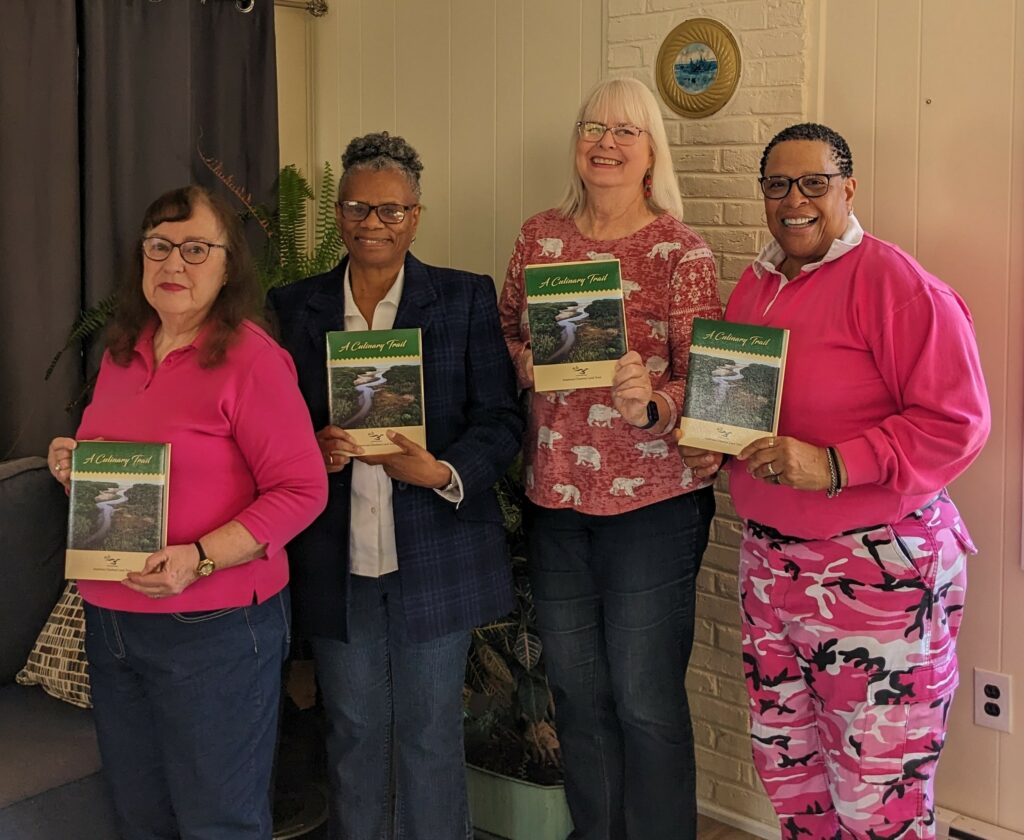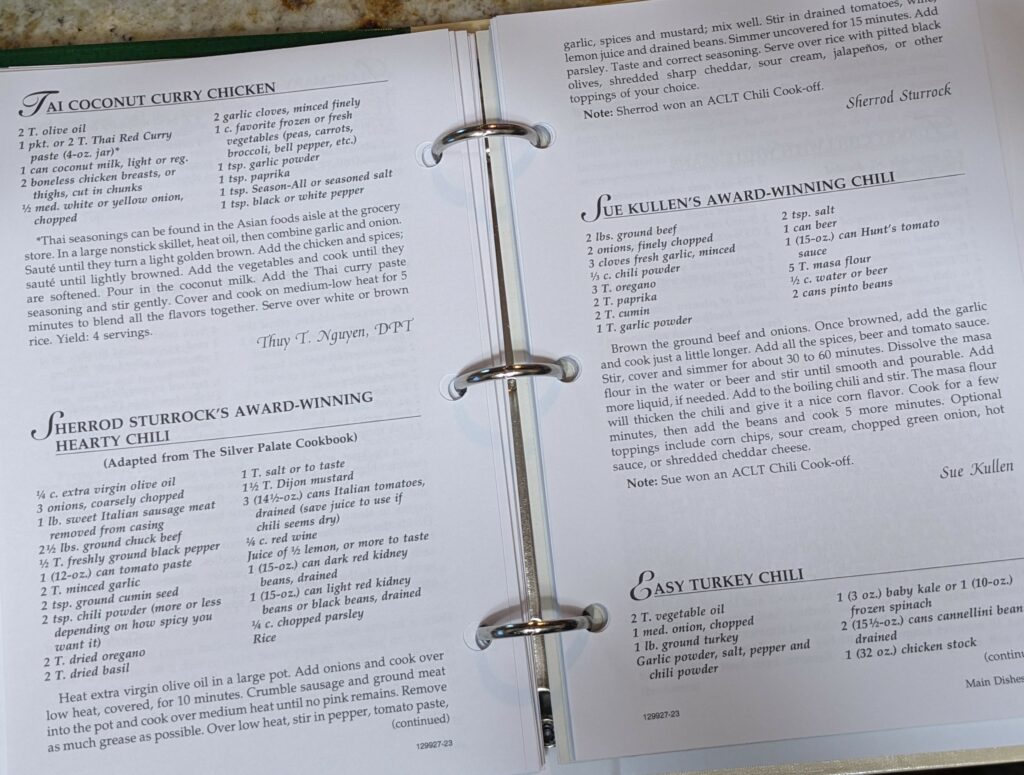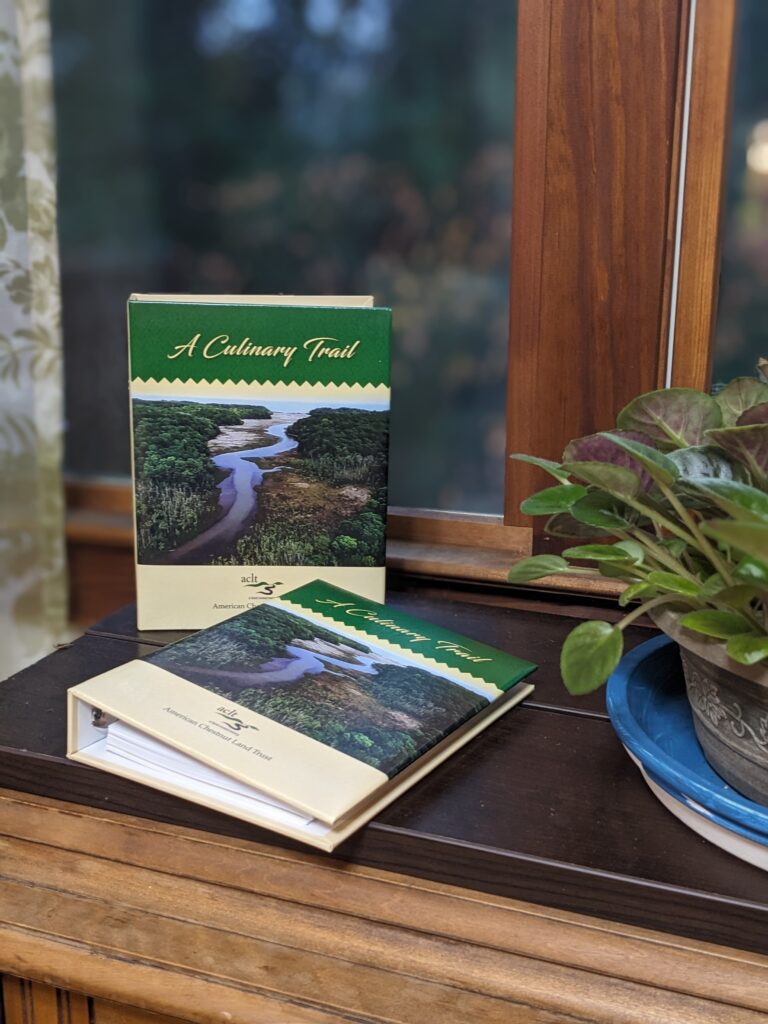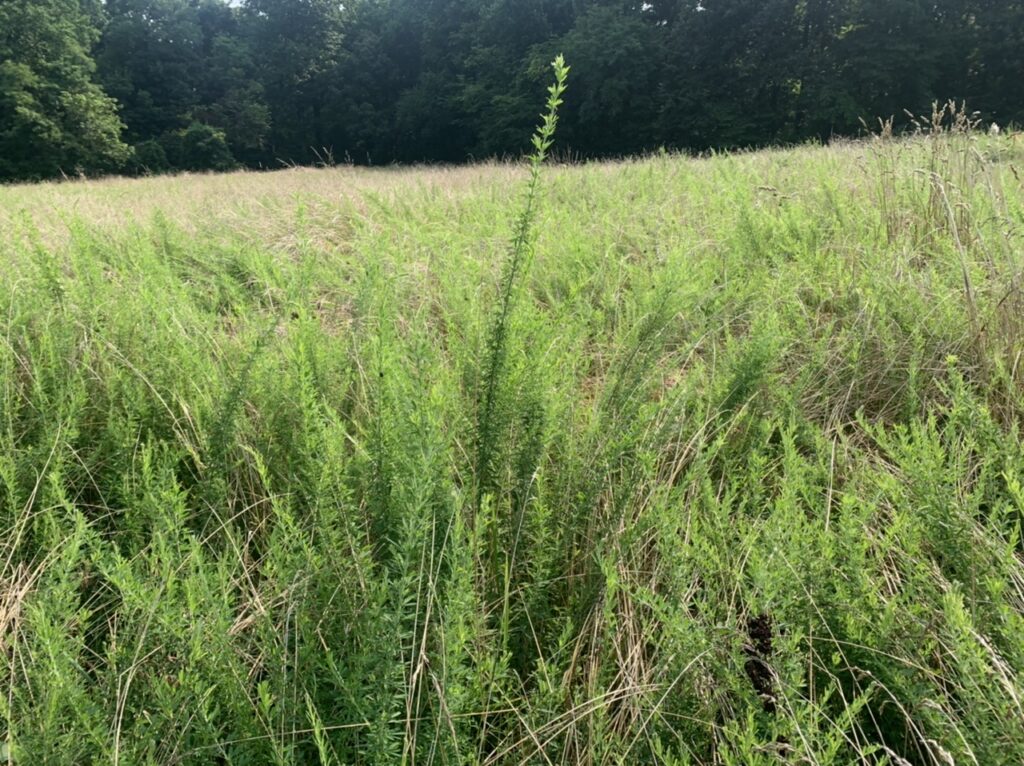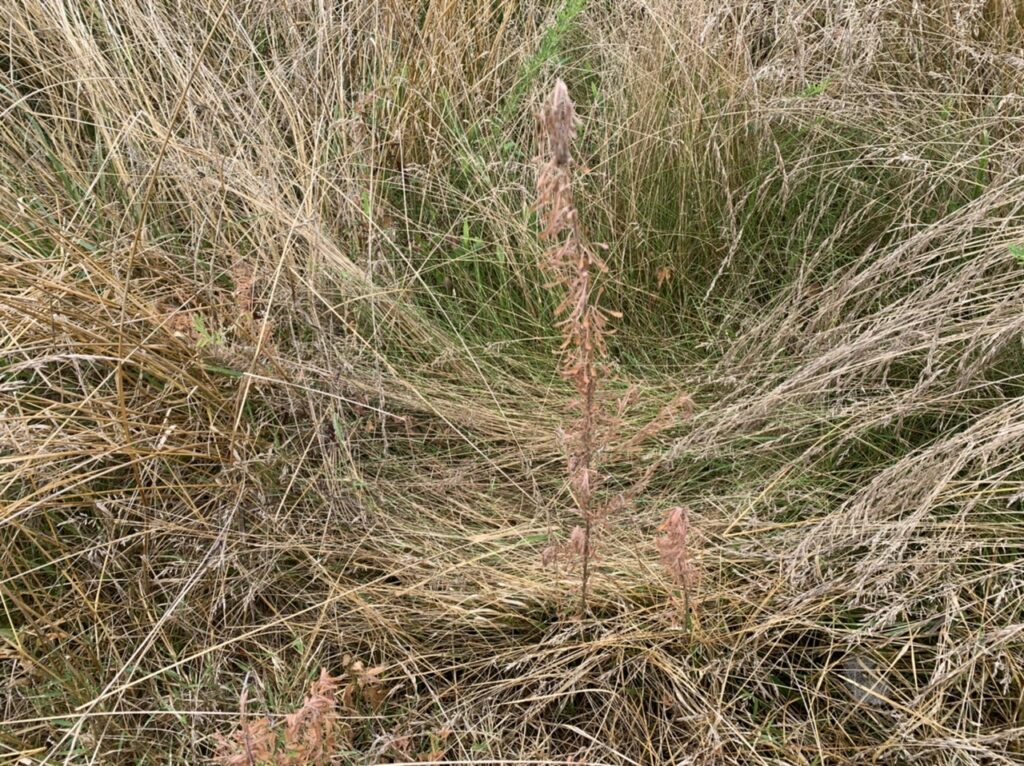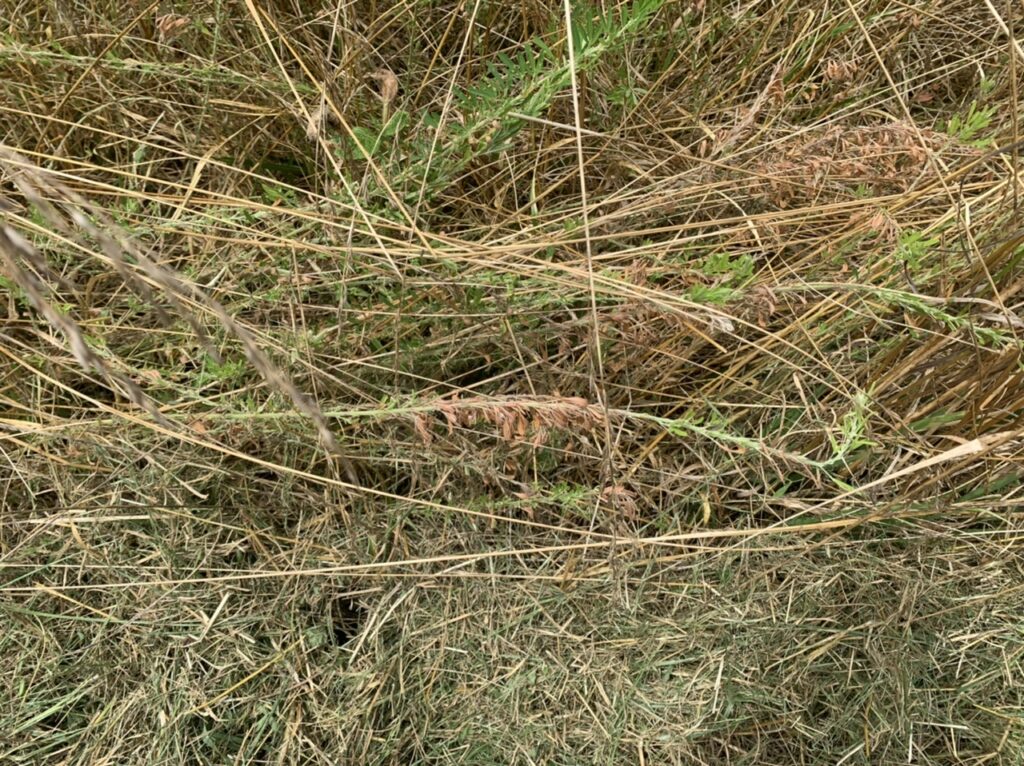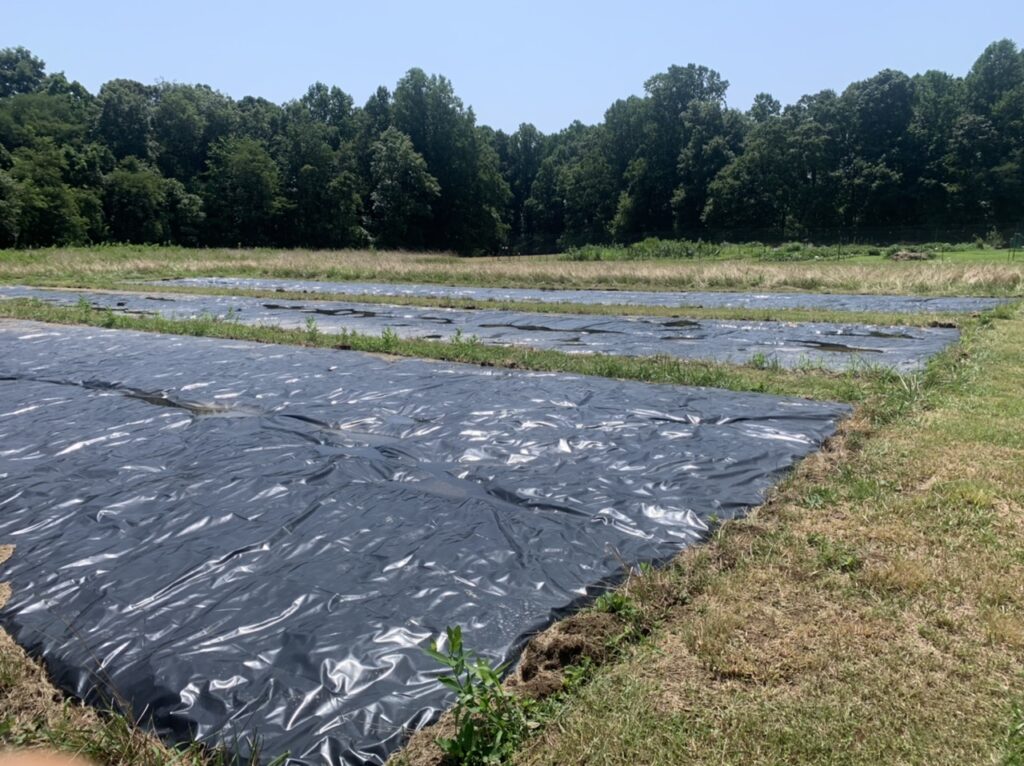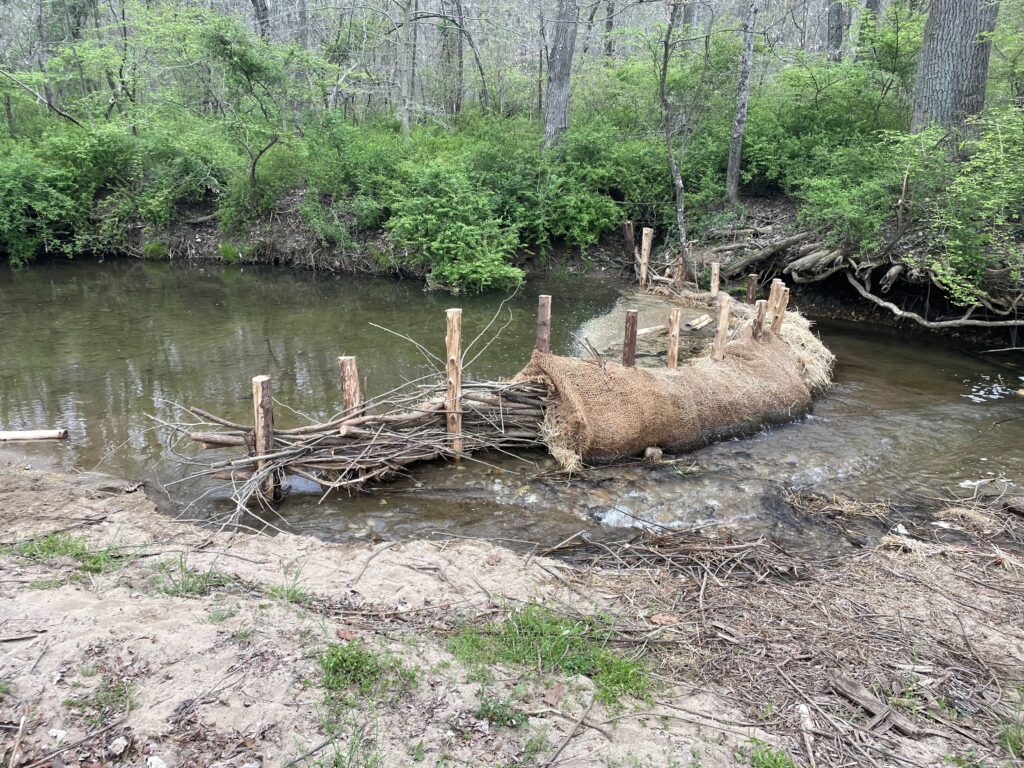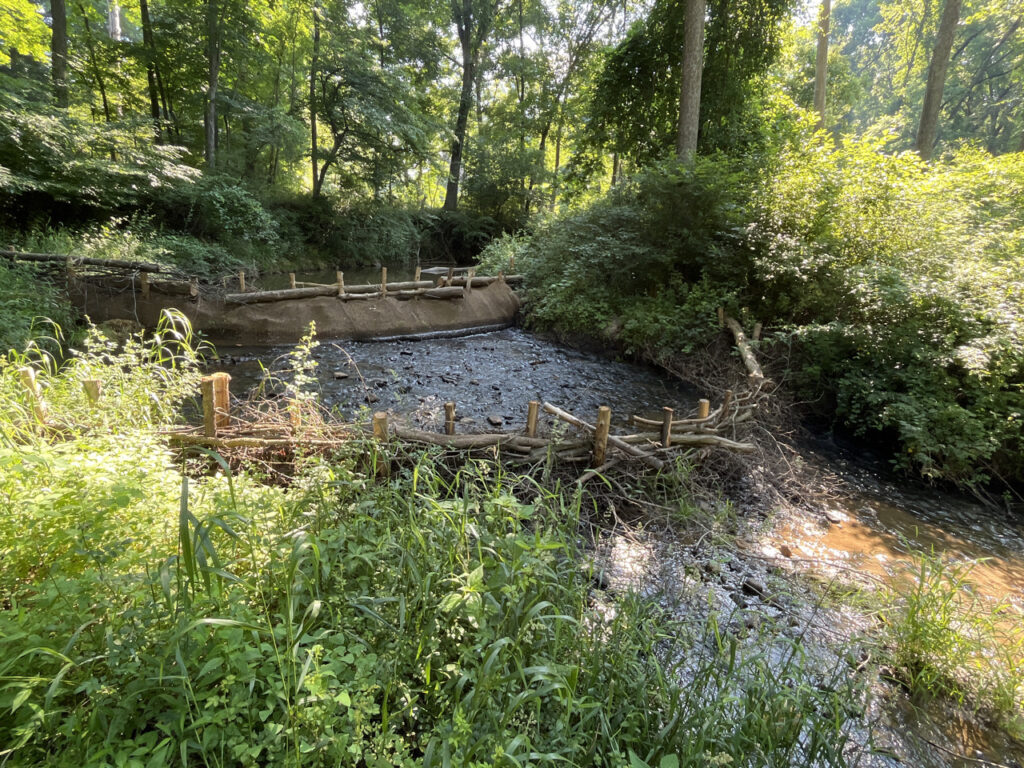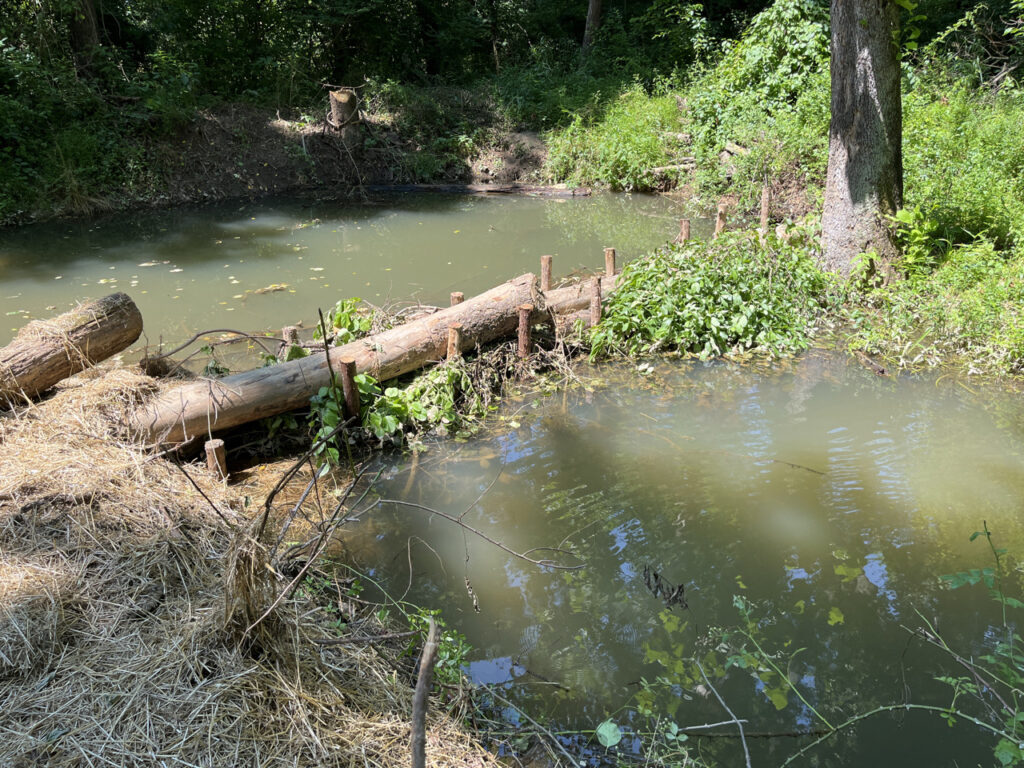By R.T. West, Double Oak Farm Volunteer
In 2023, the Tidewater School of Huntingtown, Maryland, partnered with the American Chestnut Land Trust (ACLT) and Calvert County Master Gardeners to raise sweet potatoes for a local food pantry. Maryland Master Gardeners declared 2023 as “The Year of the Sweet Potato”, and we refer to our year-long program as “Seed-to-Table”.
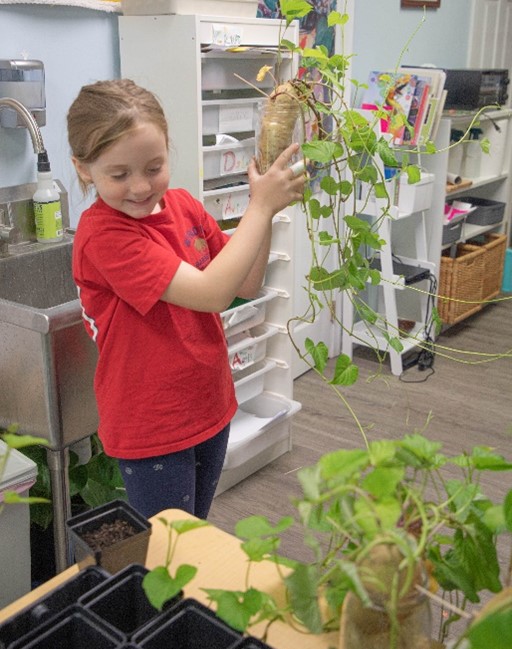
When the soil warmed up in May, the students came to Double Oak Farm at ACLT and planted nearly 100 slips in a five foot by 80 foot row.
The vines were allowed to grow all summer and the students returned in September to harvest the potatoes. They harvested over 780 pounds of potatoes, of which 467 pounds were donated to St. John Vianney’s Food Pantry in Prince Frederick. The largest potato was 8 pounds, 3 ounces.
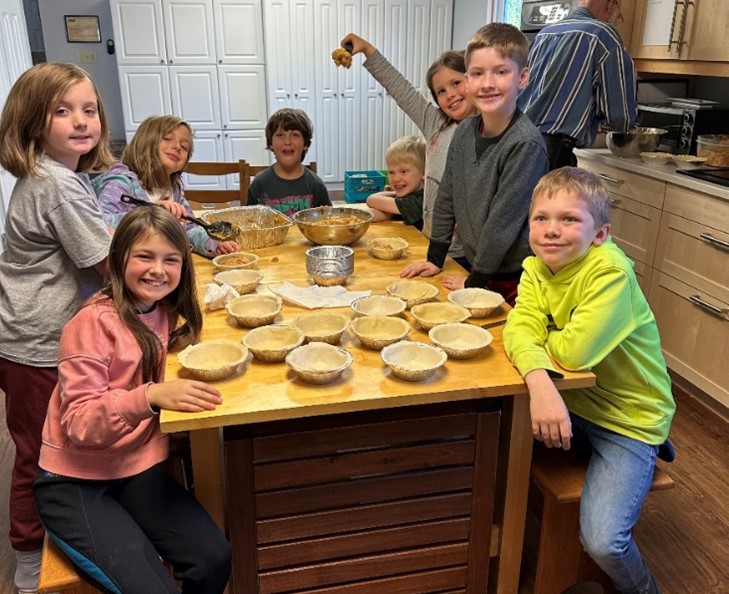
Under the auspices of Amanda Bodden and Ashley Woodside, the Elementary Class students began in February learning all about the sweet potato’s history and uses, as well as how to propagate the plants. The students, ages six to twelve, started sweet potato slips using quart jars filled with water. The vines, which grow from the potato “eyes”, are called “slips”.
After harvesting, the sweet potatoes need about a month or more to cure, during which time the starches turn to sugars. In November, after the potatoes had cured, the students assembled in the Tidewater School kitchen and prepared and cooked 29 pies.
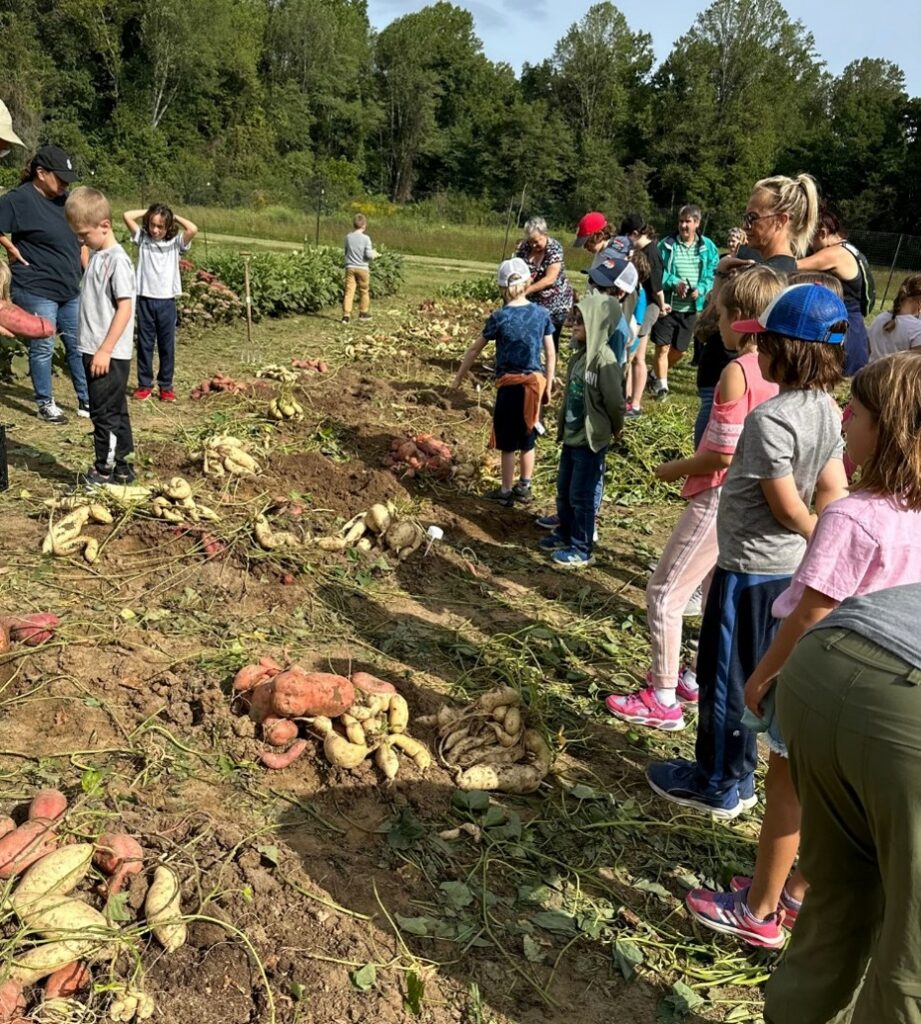
The moment of truth came when the students and their parents consumed their year-long effort for dessert during the Classes’ annual potluck luncheon at Trinity United Methodist Church in Prince Frederick. Delicious!
In 2024, the class will learn about, plant, harvest, and eat peanuts in the form of peanut butter, peanut brittle, peanut turtles, and roasted peanuts.
